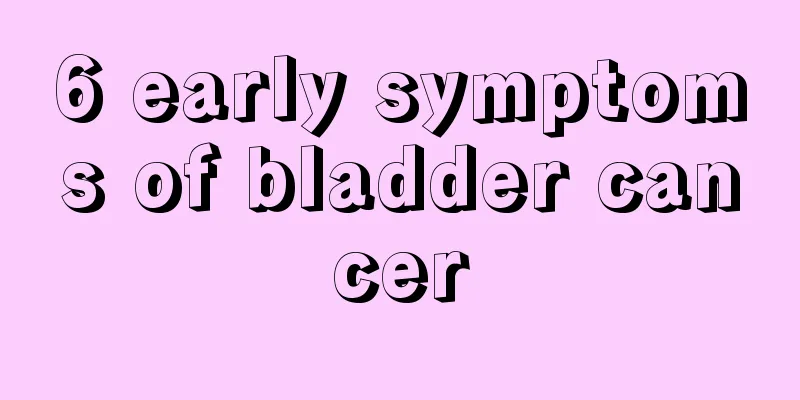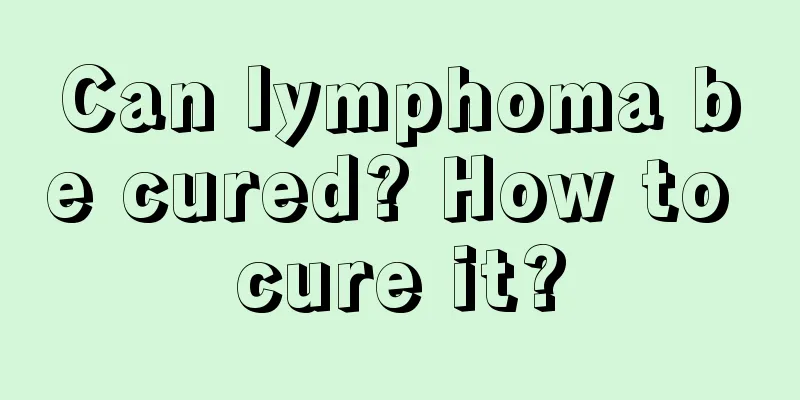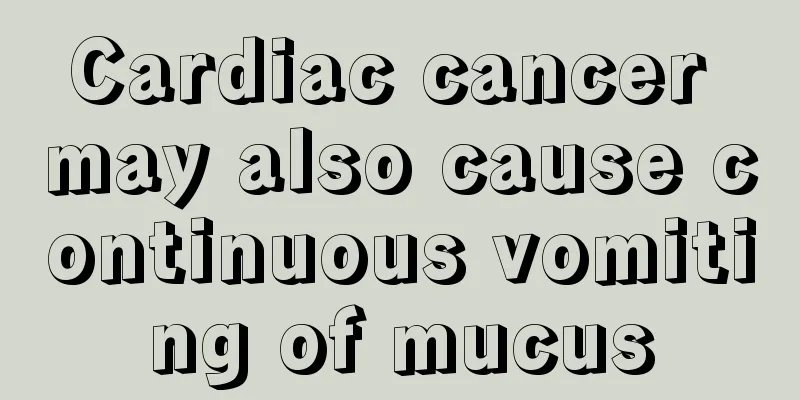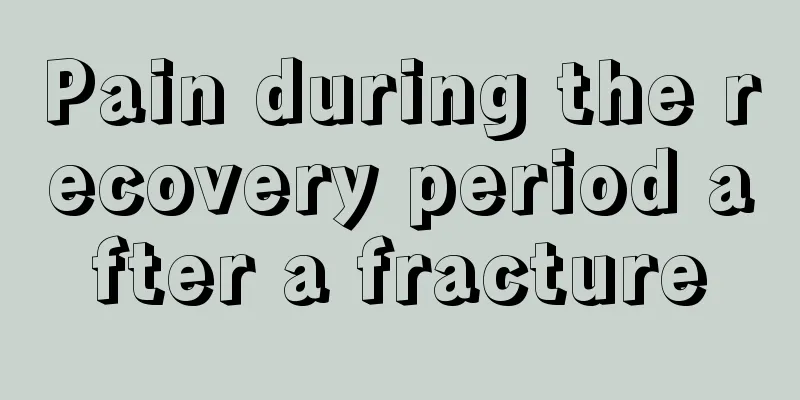The main treatment methods for pancreatic cancer at different stages

|
Pancreatic cancer is a malignant tumor of the digestive tract with insidious clinical manifestations, rapid development and extremely poor prognosis. The 5-year survival rate of advanced pancreatic cancer is less than 5%. The choice and focus of treatment for pancreatic cancer vary according to the stage. Stage I pancreatic cancer: The tumor is relatively mild, and surgical resection is the first choice for treatment. Depending on the location of the lesion, pancreaticoduorectal resection, pancreatic tail resection, or total pancreatectomy can be used. Generally, the surgical resection rate of pancreatic head cancer is higher. Postoperative adjuvant therapy can consider 5-fluorouracil-based chemoradiotherapy, and preoperative neoadjuvant chemoradiotherapy also has a certain effect. Stage II pancreatic cancer : Pancreatic cancer at this stage has progressed, but the degree varies. Patients who meet the surgical indications for stage I will receive the same surgical treatment as stage I. Those who cannot undergo surgical resection will be treated as stage III pancreatic cancer. Stage III pancreatic cancer : Stage III pancreatic cancer cannot be surgically removed. Concurrent chemotherapy and radiotherapy are beneficial for controlling local lesions and relieving patients' pain. Patients with good physical and mental state can also receive gemcitabine alone or in combination with chemotherapy. Clinical trials are recommended for treatment. Patients with jaundice or gastrointestinal obstruction can be given bile duct drainage, stent placement, or gastrointestinal shunting, fistula and other treatments to improve their quality of life. Stage IV and metastatic pancreatic cancer : Stage IV patients are in serious condition and have spread and metastasized widely. Chemotherapy is generally the main treatment. The preferred chemotherapy regimen is gemcitabine monotherapy (conventional or fixed-rate administration) or combined molecular targeted drug therapy. Those who cannot accept it can consider oxaliplatin combined with 5-fluorouracil or capecitabine chemotherapy. Advanced patients may have jaundice or gastrointestinal obstruction and should be given symptomatic treatment such as bile duct drainage and stent placement. Those with obvious abdominal pain should be given analgesic treatment such as celiac nerve block. |
<<: 3 Chinese medicine prescriptions for treating lymphoma
Recommend
Why do I feel stomach discomfort after taking a nap
A lunch break is very necessary for a worker who ...
What happens when small lumps of flesh appear when you strain too hard during bowel movements?
Our human body grows up by eating grains and cere...
Ingredients of Dettol Disinfectant
Many people don't know what Dettol disinfectan...
What is the effective treatment for chronic pulpitis?
Patients with chronic pulpitis must of course pay...
Knowing the cause of colorectal cancer can prevent the occurrence of this disease
The harm of colorectal cancer is very great. Once...
What to do if scabs repeatedly form in the nose
Scabbing in the nose is a problem that many peopl...
What are the folk remedies for treating advanced lung cancer? 9 folk remedies for treating advanced lung cancer are recommended
Many lung cancer patients think that surgery is t...
Soreness in the little feet and stomach
Generally speaking, if your calves feel sore and ...
Prevention of complications of primary liver cancer
Primary liver cancer refers to cancer that occurs...
What is the cause of sensitive and painful teeth
There is a saying that goes, toothache is not a d...
What to eat every day to prevent lymphoma
In recent years, lymphoma has become one of the m...
Is there any cure for advanced lung cancer? A few things advanced lung cancer patients must know
To cure lung cancer, early treatment is necessary...
Taboos when visiting a newborn baby
In fact, it is very normal for friends and relati...
What is better to eat for anemia and low blood pressure?
Anemia and low blood pressure problems can cause ...
How can women prevent breast cancer? Women should pay attention to these 8 points to prevent breast cancer
Breast cancer is a common disease among female fr...









